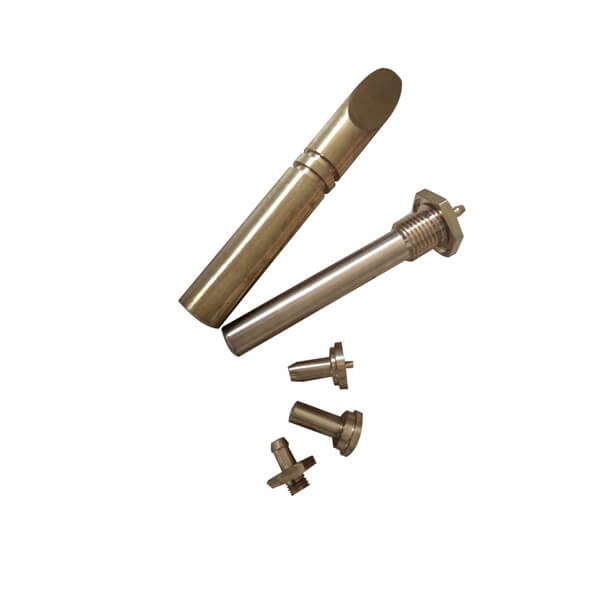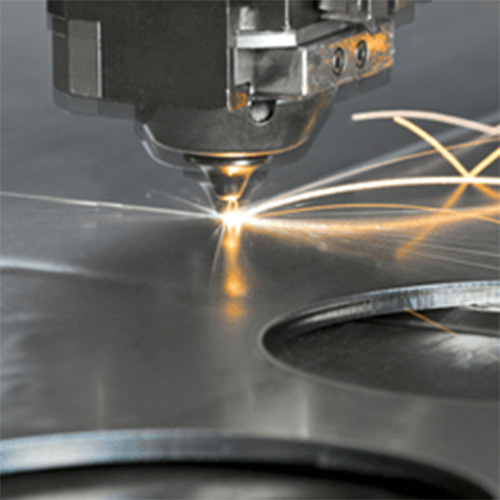Sheet metal is widely used in the manufacturing industry and there are three main sheet metal material types: steel, aluminum and brass. Although they all provide a solid base material for product production, there are some notable nuances in terms of physical properties. So, what are the differences between steel, aluminum and brass sheet metal?
Steel plate properties
Most steel plates are made of stainless steel, which contains chromium to prevent corrosion. The steel plate is malleable and can be deformed and processed with relative ease.
Steel is the most common type of sheet metal, the majority of sheet metal produced worldwide consists of steel, due to its unparalleled popularity, steel plate has become almost synonymous with sheet metal.
Steel plates include the following grades:
304 stainless steel
316 stainless steel
410 stainless steel
430 stainless steel
The performance of aluminum plate
Aluminum sheet is much lighter than steel, and in addition to being lightweight, aluminum sheet metal also provides a high level of corrosion protection. It is usually used in situations where moisture is required, such as the production of ships. However, it should be noted that aluminum is also corrosive, but it has better corrosion resistance than most other types of metal.
Aluminum plates have the following grades:
Aluminum 1100-H14
3003-H14 aluminum
5052-H32 aluminum
6061-T6 Aluminum
Properties of brass sheet metal
Brass is essentially an alloy of copper and a small amount of zinc that is strong, corrosion-resistant and has excellent electrical conductivity. Because of its conductive properties, brass sheet metal can be used in electrical applications where steel and aluminum are poor choices.
Steel, aluminum and brass sheet metal are all relatively strong and offer a high level of protection against corrosion. Steel is the strongest, aluminum is the lightest, and brass is the most conductive of the three metals.
Post time: Sep-20-2023



